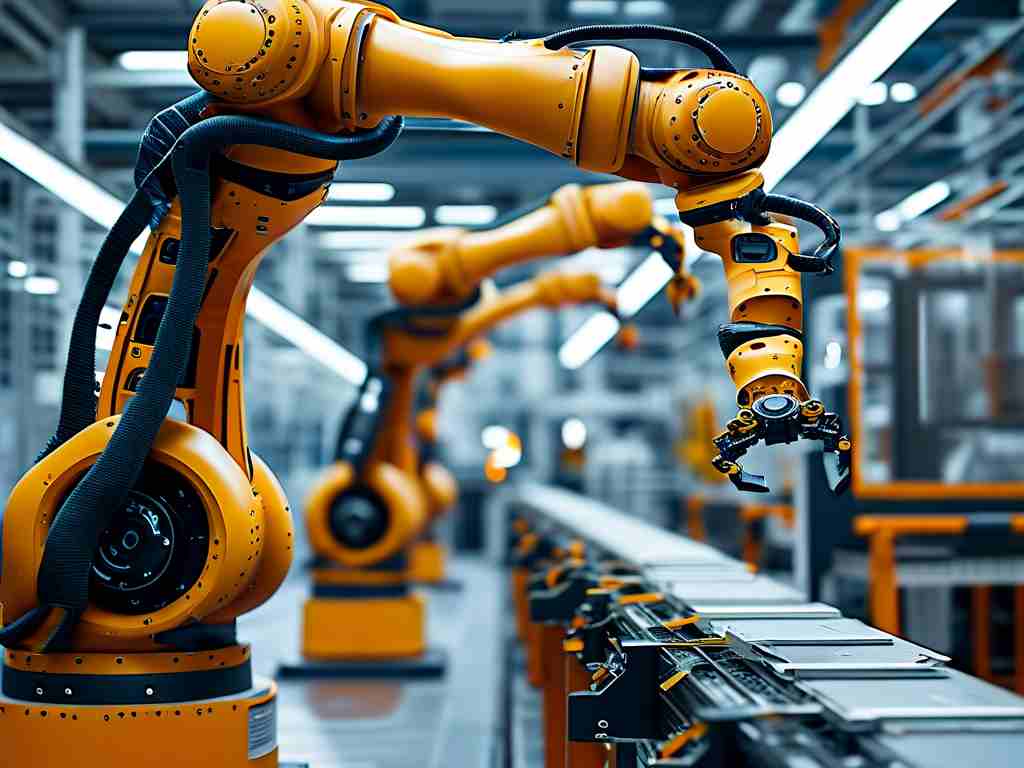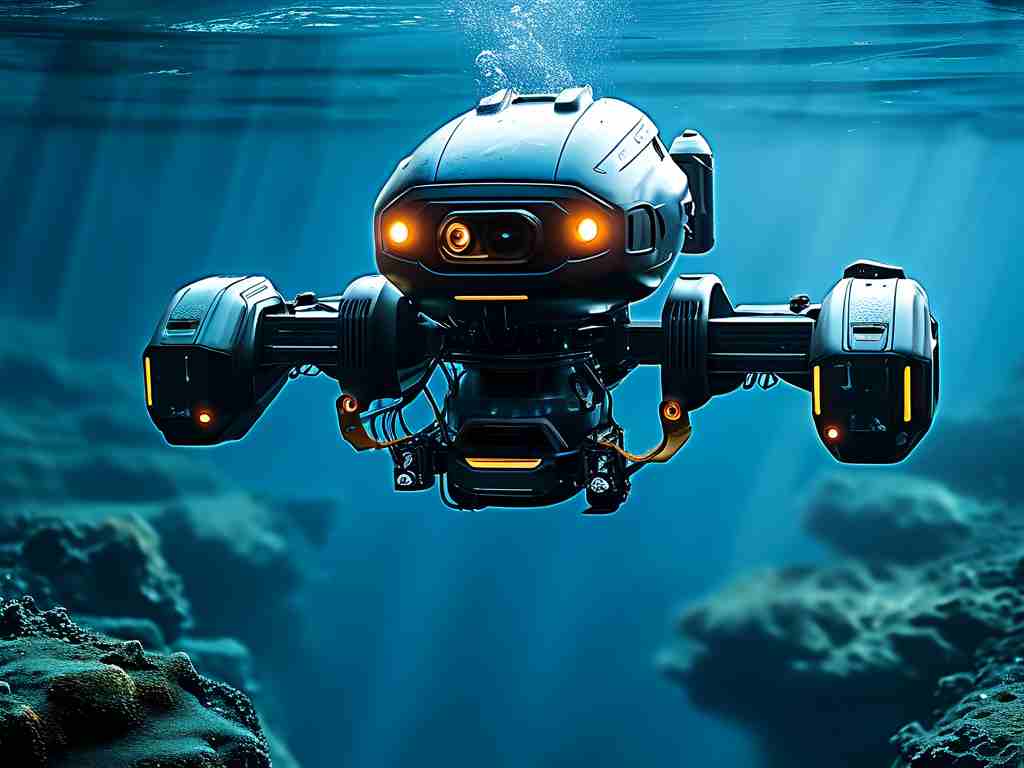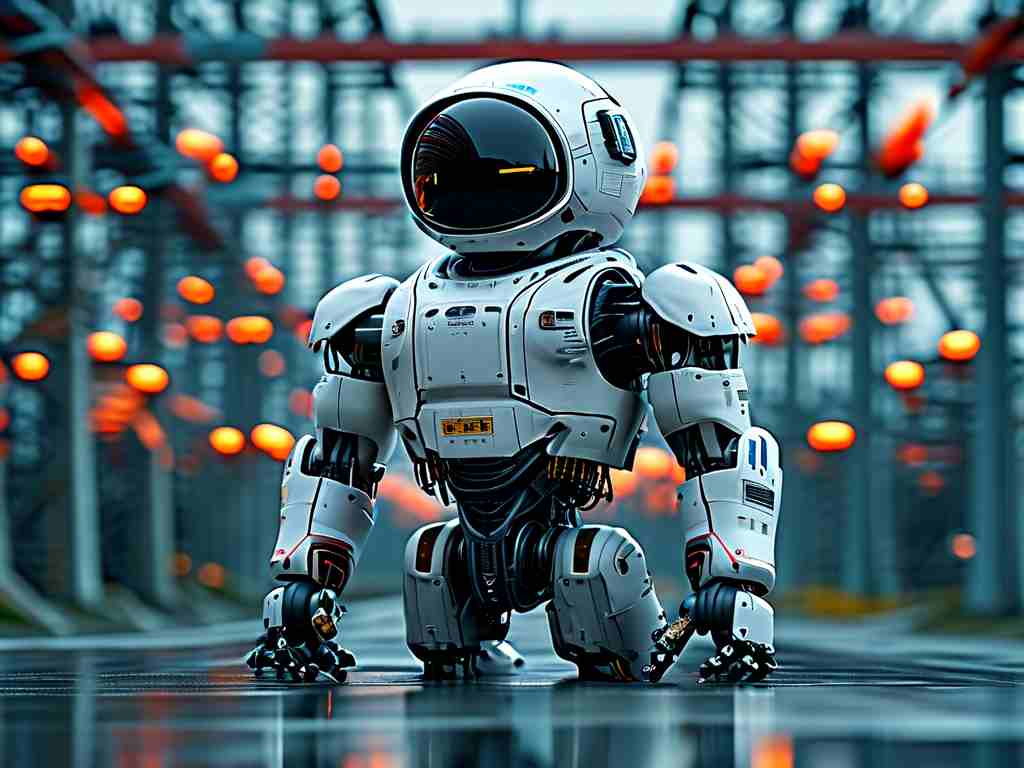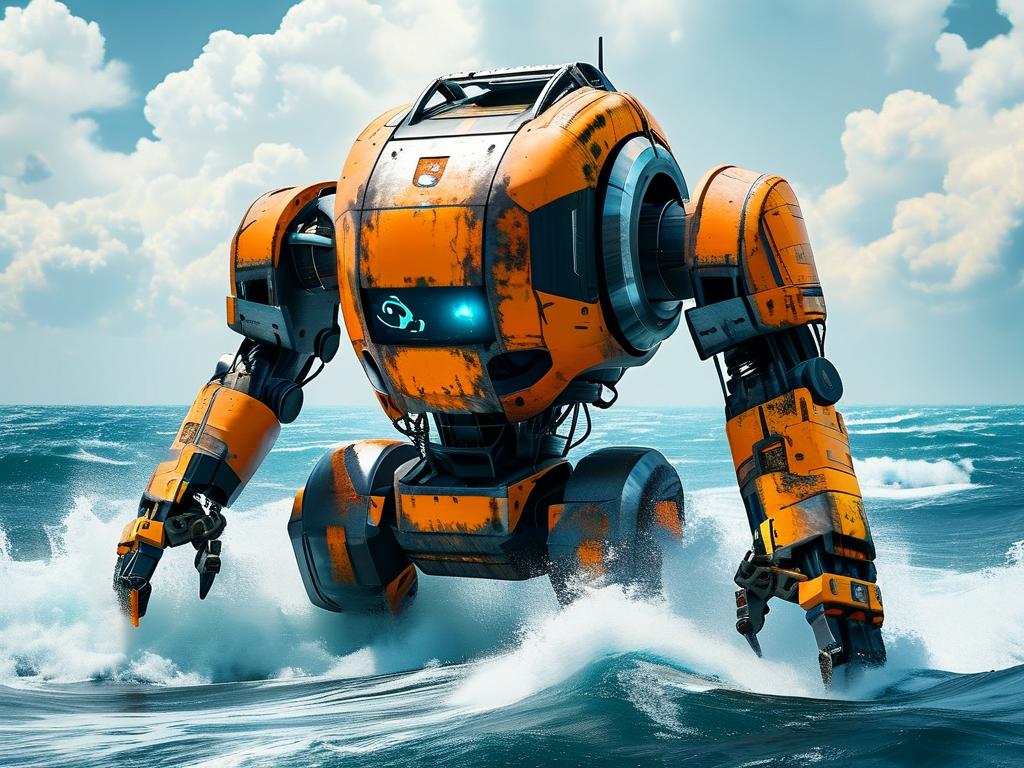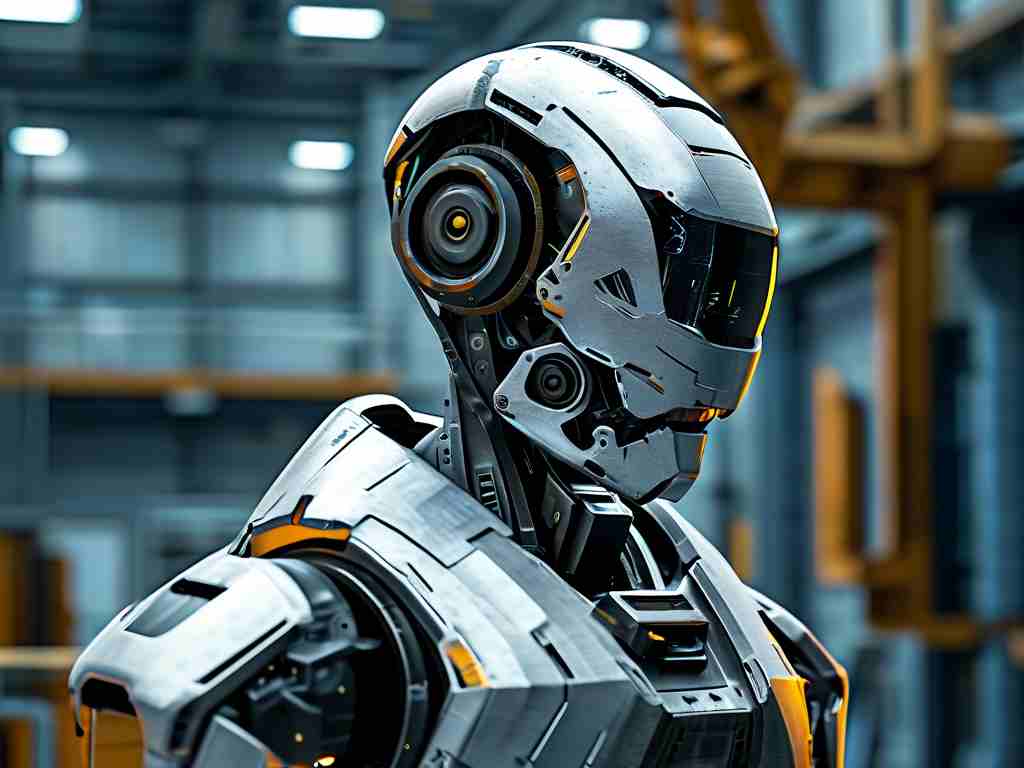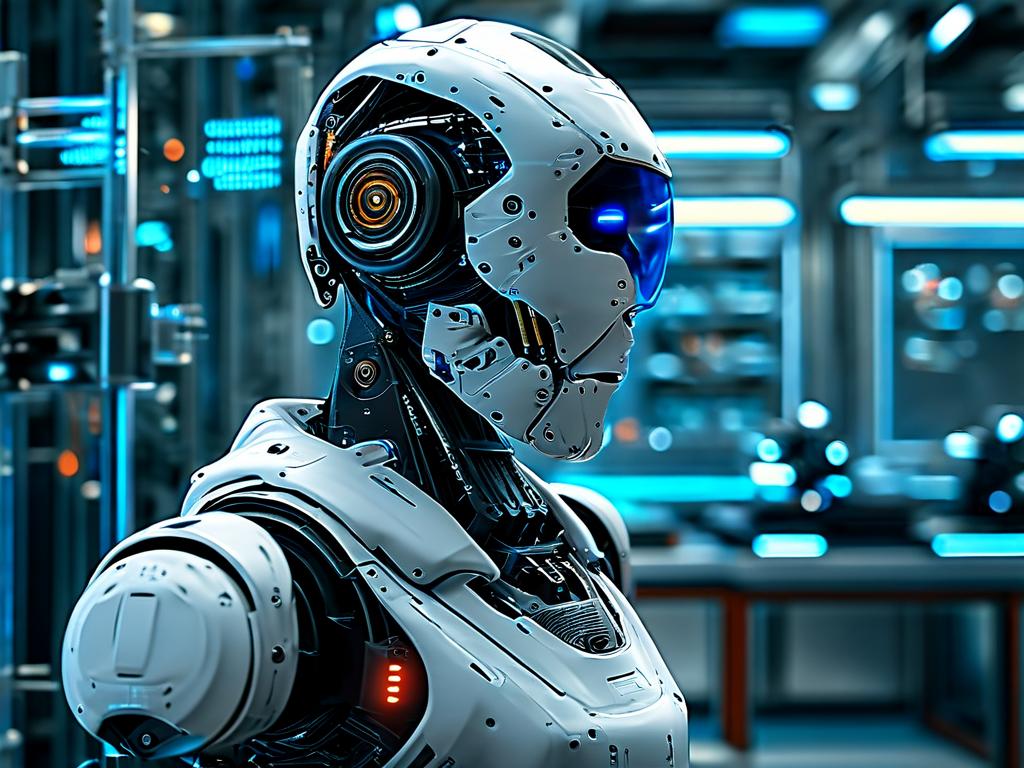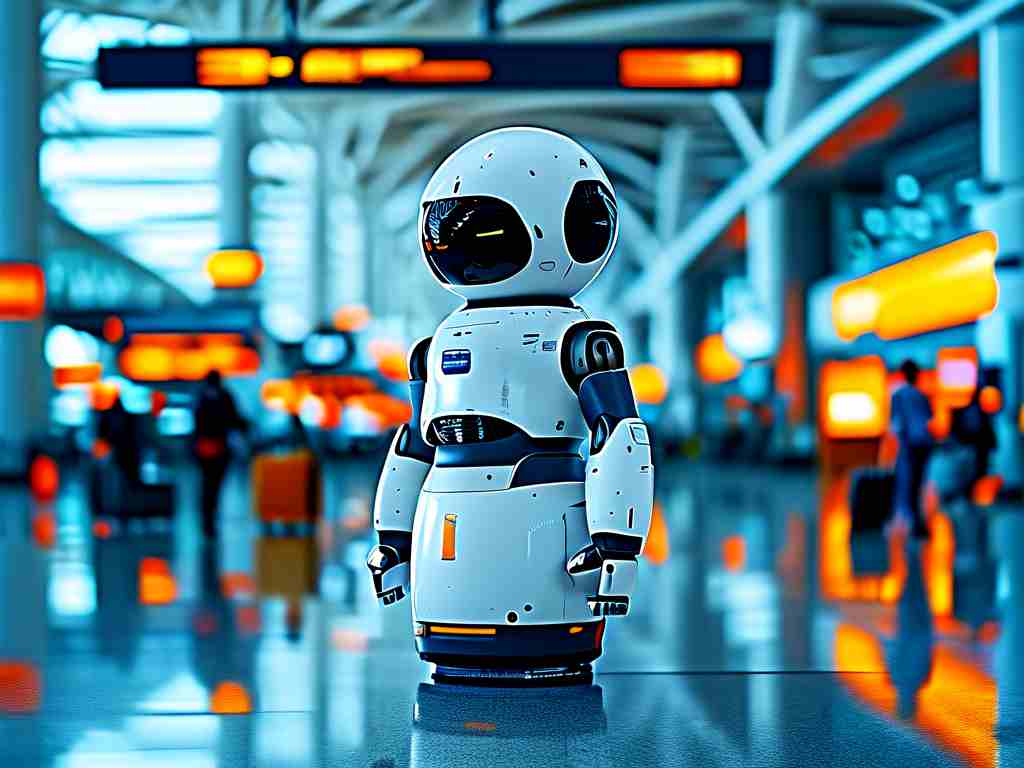The evolution of robotic programming and control technologies has revolutionized industries ranging from manufacturing to healthcare. Unlike traditional systems that relied on rigid code structures, modern approaches integrate adaptive algorithms and sensor fusion techniques, enabling robots to operate in dynamic environments. This article explores the core methodologies shaping this field while addressing practical implementation challenges.
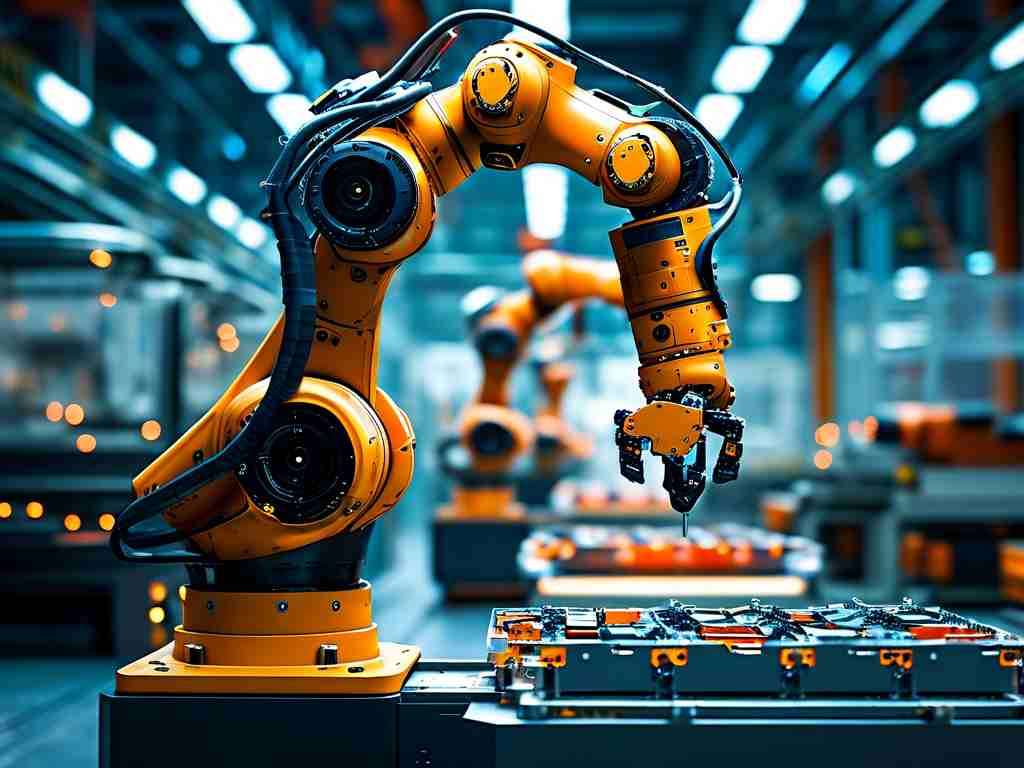
1. The Shift Toward Modular Programming
Contemporary robotic systems demand flexibility. Modular programming frameworks, such as ROS (Robot Operating System), have emerged as game-changers. By breaking down complex tasks into reusable code blocks, developers can streamline workflows. For instance, a warehouse logistics robot might use separate modules for path planning, object recognition, and collision avoidance. This approach not only accelerates development but also simplifies troubleshooting. A 2023 case study by Industrial Tech Review showed that factories adopting modular systems reduced programming time by 40% compared to monolithic codebases.
2. Real-Time Control Systems
Precision in robotics hinges on real-time control. Technologies like PID (Proportional-Integral-Derivative) controllers remain foundational, but advancements in edge computing have enabled microsecond-level adjustments. Consider collaborative robots (cobots) in assembly lines: they use force-torque sensors to adapt grip strength instantly when handling fragile components. Embedded C++ remains a staple for low-level control loops, while Python APIs handle higher-level decision-making. However, latency remains a critical concern—a delay of just 10 milliseconds can cause a 5% deviation in high-speed pick-and-place operations.
3. Machine Learning Integration
Machine learning (ML) has blurred the line between programmed and learned behaviors. Reinforcement learning, for example, allows robots to optimize tasks through trial and error. A notable application is autonomous drones in agriculture: instead of pre-mapping entire fields, drones now use ML to identify crop health patterns mid-flight. Yet, integrating ML poses challenges. Training models require massive datasets, and deploying them on resource-constrained hardware often necessitates quantization techniques. NVIDIA’s Jetson platform, with its CUDA-accelerated libraries, has become a popular solution for balancing performance and power efficiency.
4. Human-Robot Interaction (HRI)
As robots move beyond controlled environments, intuitive interfaces are crucial. Voice commands and gesture recognition systems, powered by NLP and computer vision, are redefining HRI. Take healthcare robots like PARO, a therapeutic seal robot: it combines touch sensors with AI-driven emotional response algorithms to interact with dementia patients. However, ensuring reliability in unpredictable scenarios—like interpreting slurred speech in noisy hospitals—remains an ongoing research focus.
5. Security in Networked Robotics
With the rise of IoT-connected robots, cybersecurity has become paramount. A 2024 report by CyberDefense Labs revealed that 23% of industrial robots have unpatched vulnerabilities. Encrypted communication protocols like TLS 1.3 and hardware-based secure boot mechanisms are now standard in premium robotic systems. For example, ABB’s YuMi cobot uses blockchain-verified firmware updates to prevent tampering.
6. Ethical and Regulatory Considerations
The proliferation of autonomous robots raises ethical questions. Who is liable if a surgical robot makes an error? Regulatory bodies like the IEEE are drafting standards for accountability and transparency in robotic decision-making. The EU’s upcoming Artificial Intelligence Act, set for 2025, will classify medical and childcare robots as “high-risk,” mandating rigorous testing and audit trails.
Future Directions
Emerging trends include quantum computing for optimization problems and neuromorphic chips that mimic biological neural networks. Researchers at MIT recently demonstrated a robot that recalibrates its gait in real time using analog neuromorphic circuits, consuming 80% less power than digital counterparts.
In , robotic programming and control technologies are not just about writing code—they represent a convergence of hardware innovation, algorithmic creativity, and cross-disciplinary collaboration. As the field advances, the key will be balancing technical sophistication with practical usability.


